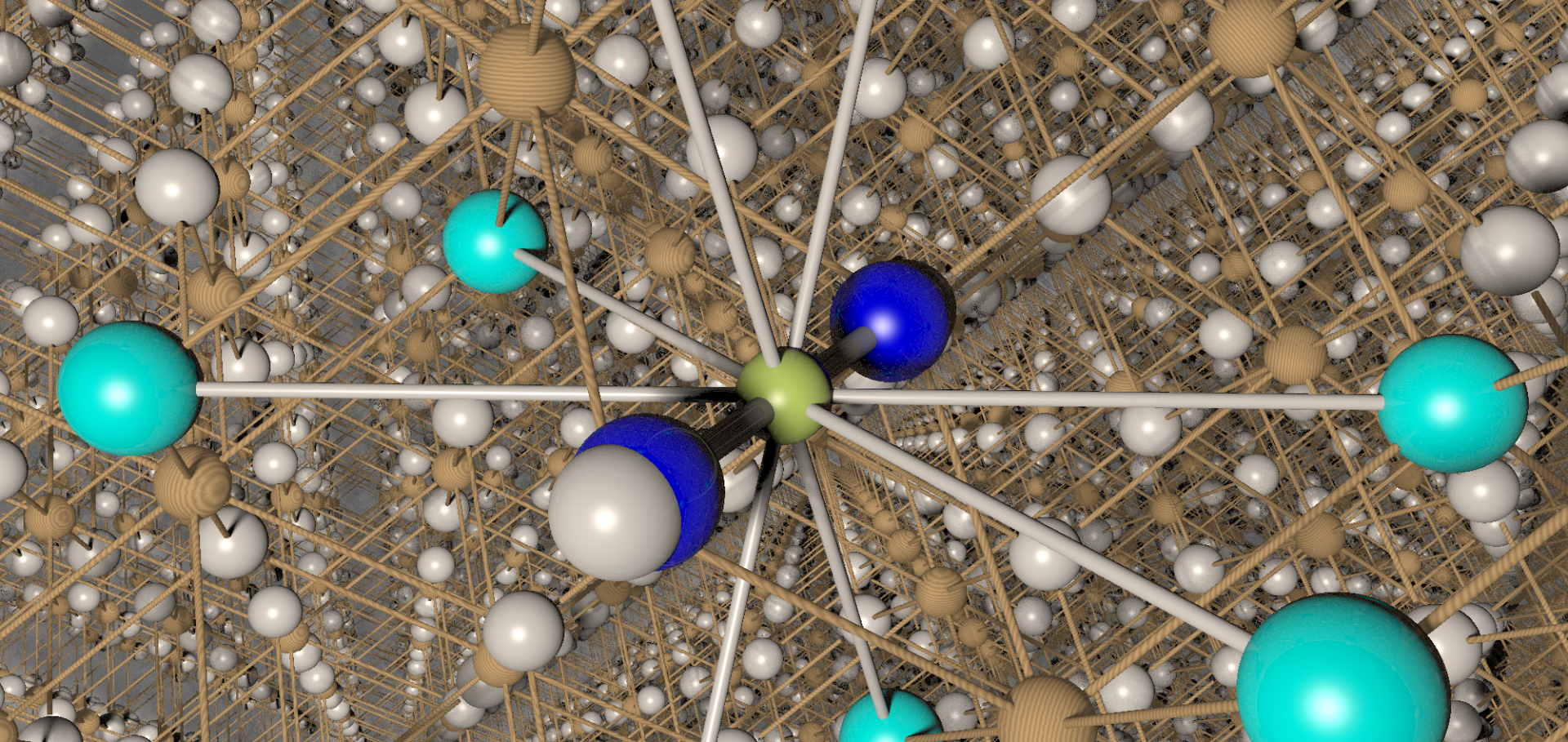Emergence, causation and storytelling: condensed matter physics and the limitations of the human mind
(2016)
Novel magnetism on a honeycomb lattice in a-RuCl3 studied by muon spin rotation
(2016)
Lecture notes on field theory in condensed matter physics, by Christopher Mudry
Contemporary Physics Taylor & Francis 57:2 (2016) 268-268
Tensor calculus for physics, by Dwight E.Neuenschwander
Contemporary Physics Taylor & Francis 57:2 (2016) 263-264
The science and art of seeing
Contemporary Physics Taylor & Francis 57:2 (2016) 246-249


